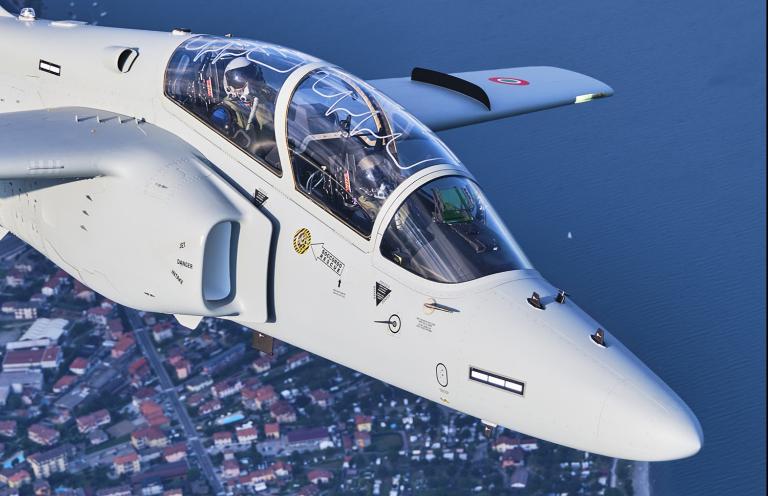UK’s Aeralis Advanced Jet Trainer offers an “all-in-one” solution that optimizes efficiency and costs.
:quality(70)/cloudfront-us-east-1.images.arcpublishing.com/archetype/IMQKHPMDERFKTKR7COSU6YLU2Q.jpg)
Fighters of the 5th or even 6th generation require a new approach to pilot training. Air forces around the world currently train pilots based on basic and advanced training, helping them to gradually develop their capabilities. UK’s Aeralis Advanced Jet Trainer offers an “all-in-one” solution that optimizes efficiency and costs. Aeralis can be reconfigured to take on a variety of roles, including operational training, basic jet training, aerobatics and light combat. Aeralis plan to carry out a first flight of the advanced jet trainer variant in 2024.
The training aircraft will feature a common core fuselage concept, which can be modified by using different wings and engines based on the training level. The concept will allow rapid upgrades and modifications to meet urgent operational requirements. It will also support the integration of future technologies for continuous improvement of the aircraft fleet throughout its service life.
The training aircraft will be compatible with advanced systems which are found in 5th and sixth-generation fighter jets. It will provide design flexibility based on customer requirements and also reduce operating costs. It will be embedded with a range of features including synthetic radar, medium range missile simulation, synthetic radar warning receiver and enhanced electronic warfare training simulation.

Aeralis has a design quite similar to the BAe Hawk and Aero L-39. Two pilots sitting in a tandem cockpit, with the rear seat elevated beyond the shoulders of the forward operator. The nose is sharp with a downward taper offering excellent vision out-of-the-cockpit to the front and sides of the aircraft. The cockpit will be integrated with in-cockpit monitoring tools to track eye movements and measure stress levels of pilots. It will build an anonymised database to improve the efficiency and cost effectiveness of future pilot training programmes.

The trainer aircraft will be powered by a Honeywell F-124 engine, allow the aircraft to fly at a maximum speed of 650km/h. It will have a maximum range of 2,500km. The service ceiling of the aircraft will be 13,500m, while its rate of climb will be 3,048 m/min. Aeralis’s potential customer is the Royal Air Force, which operates a fleet of Hawk jet trainers.
